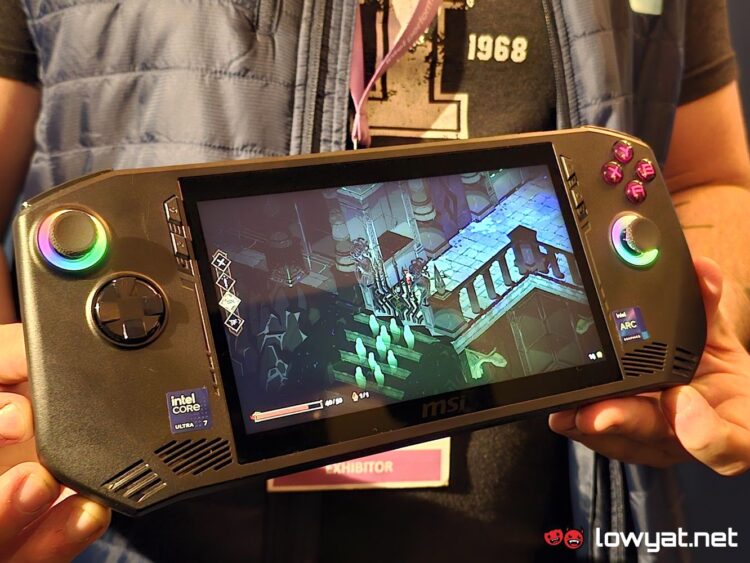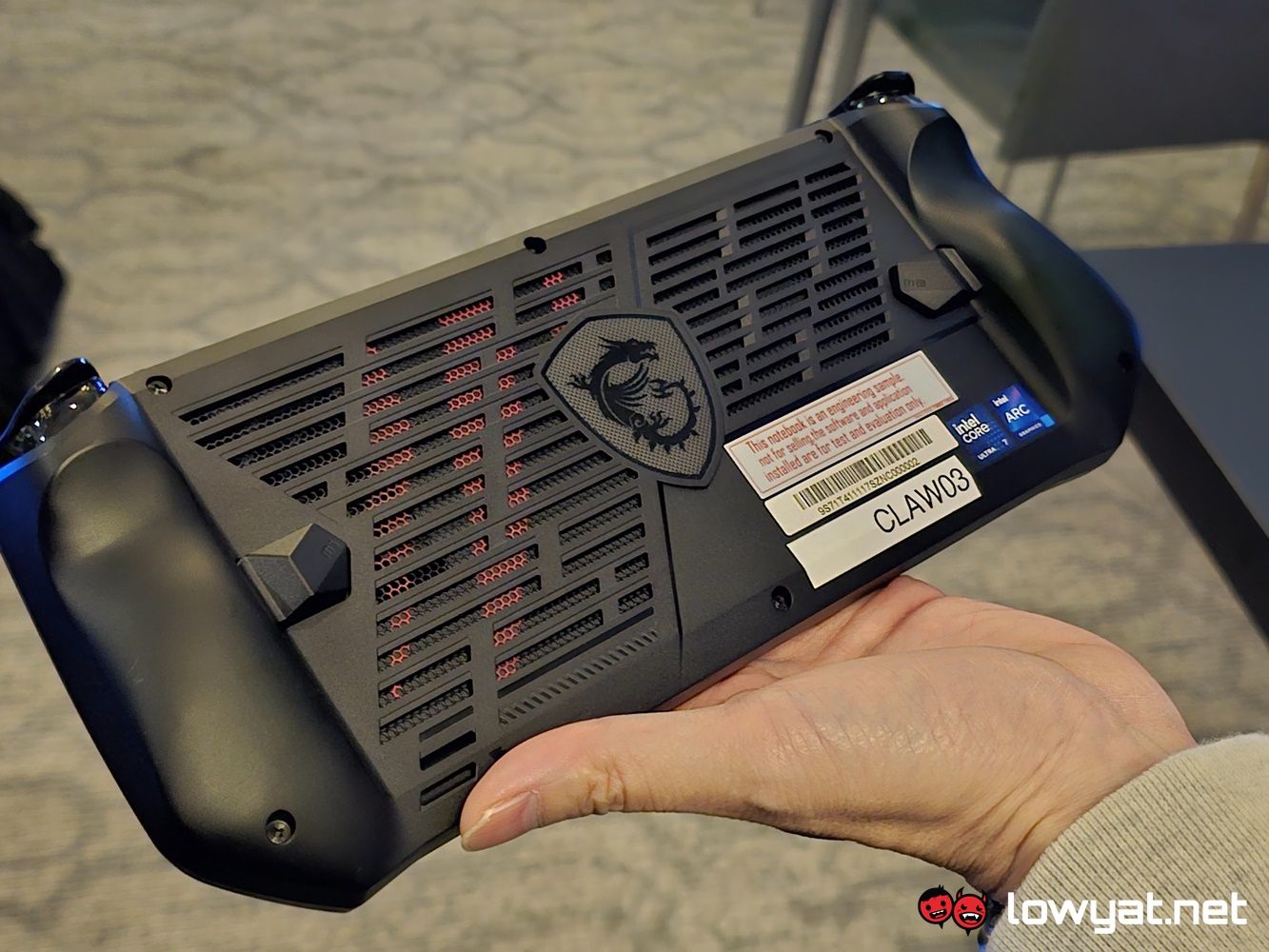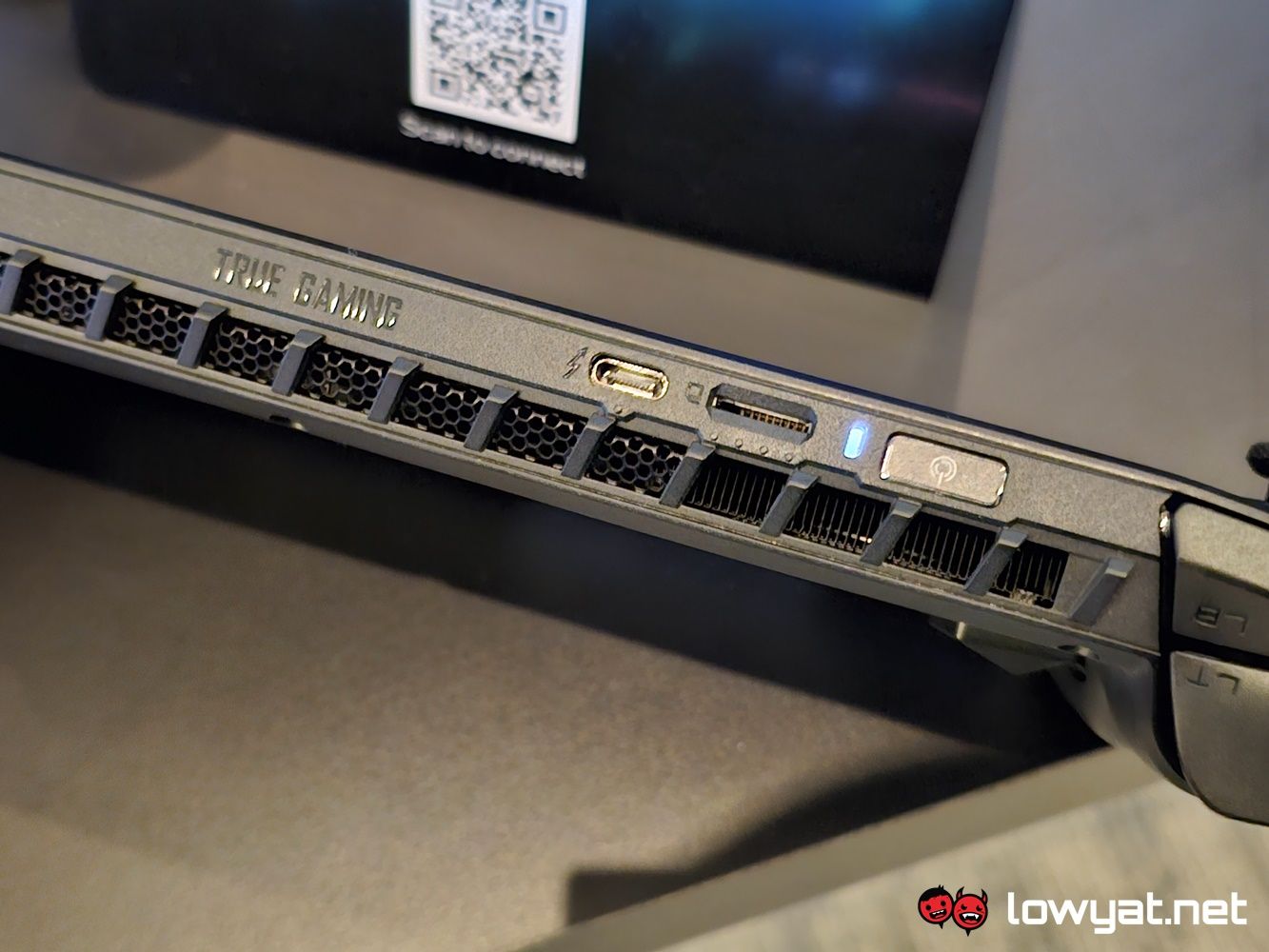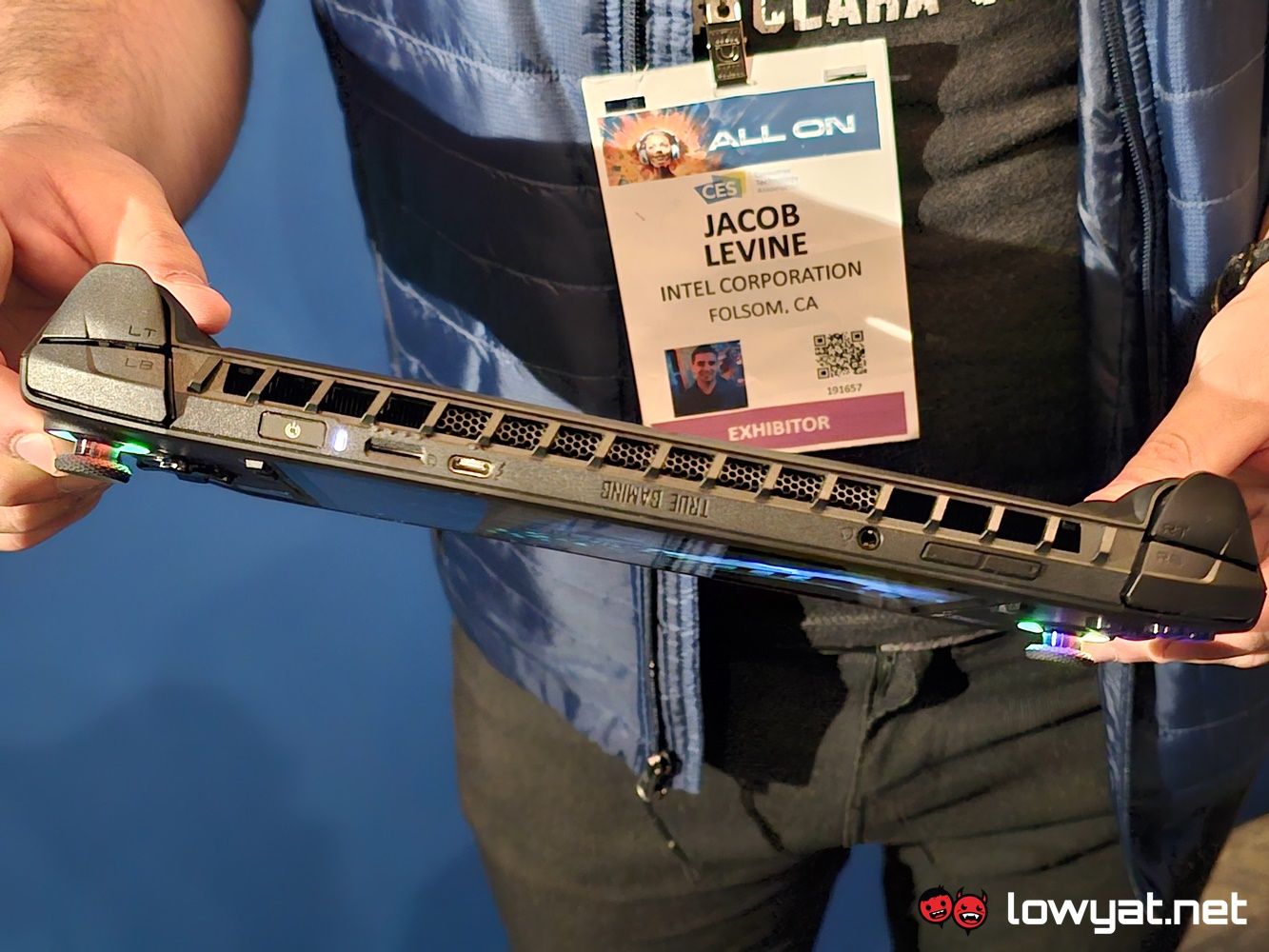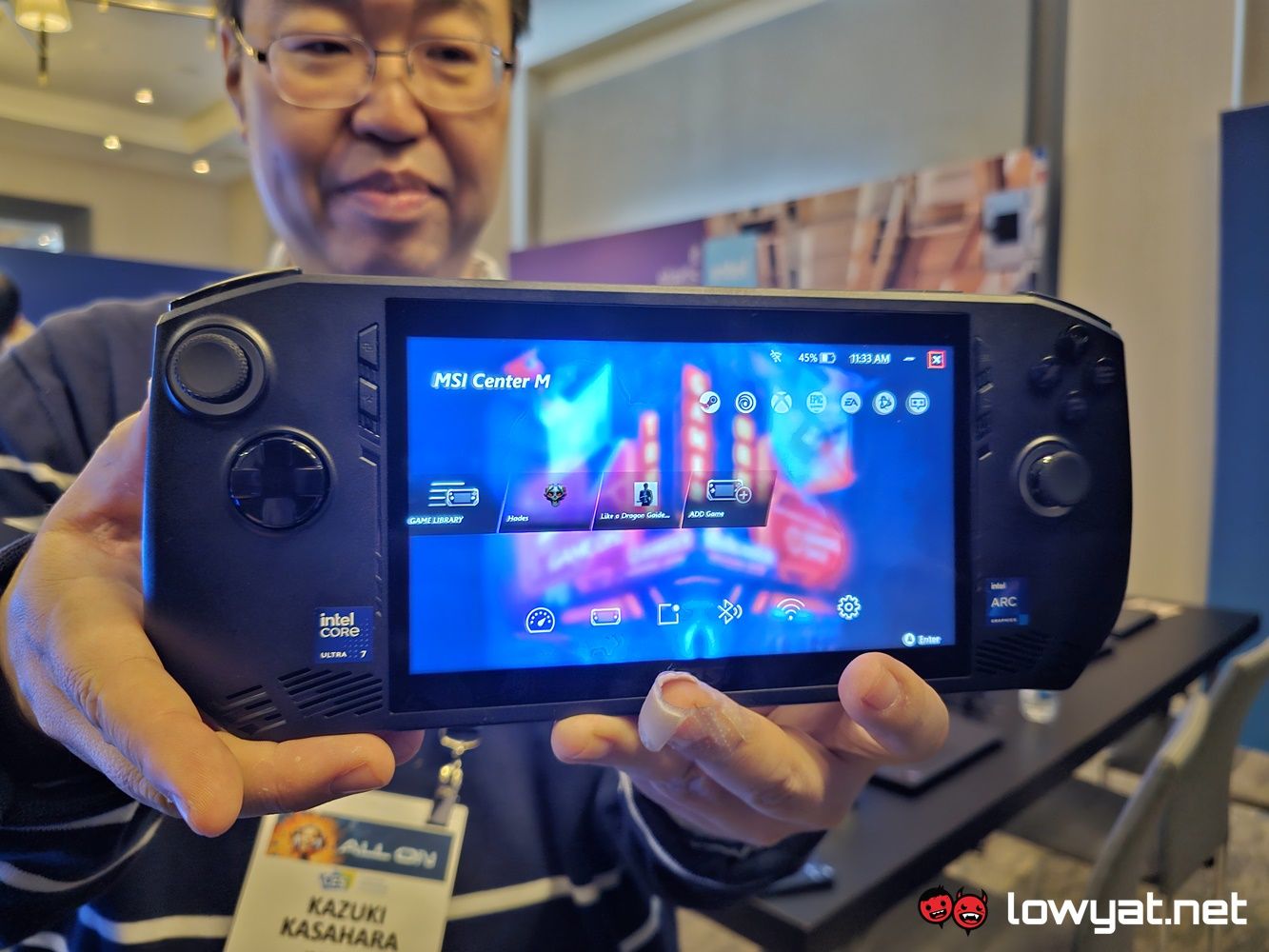Here at CES 2024, Intel gave the media a little bit of a surprise by bringing out engineering units of the MSI CLAW, the Taiwanese brand’s very first gaming handheld console and effectively, its offering to consumers within the space. The shortage of units to go all around notwithstanding, though, I managed to snag a little bit of time with the handheld and get a feel of it, both from a physical and gaming standpoint.
Now, before we begin, it’s important for me to point out a couple or so of points. First, the CLAW units on the floor were, unsurprisingly, engineering samples, meaning that the final product will very likely be different upon availability. Second, access to the software and interface was restricted, also because a lot of it was still not finalized. That said, I can at least tell you that the overlay is a variation of MSI’s Dragon app. With that out of the way, let’s get into it.
To start, I’ll address the first point that most of you, including myself are seeing with the CLAW: yes, it absolutely looks MSI ripped off the ASUS ROG Ally but in the company’s defense, it isn’t quite the carbon copy that it makes itself out to be. It may not look like it in the pictures but it is chunkier.
The sides are actually wider and stretched out a little more than the side and while I would like very much to say again that the controller layout mimics that of the ROG Ally, the ASUS console took that layout from the Microsoft Xbox controller, having referred to it as one of the best controller layouts bar none. For the record, that is a claim my colleagues have disagreed with and even taken offense to, both of them leaning heavily to the symmetrical design of the PlayStation DualSense layout.
The display of the CLAW is, again, similar to the Ally, sporting a 7-inch FHD LCD panel with a 120Hz refresh rate. However, the display output felt a little dull and dim to my eyes but as I mentioned earlier, this is an engineering unit so hopefully, MSI will address this before the official launch.
The joysticks of the CLAW are textured and that in turn gives a better grip to my thumbs and preventing slippage. The shoulder buttons and triggers, though, could use some additional work; they feel squidgy at best, and pressing down doesn’t provide that same satisfying click when fully depressed. Again, engineering unit and all that jazz comes into effect here.
Moving on, the rear of the CLAW is also…familiar in design to the Ally, at least to a very minimal extent. Unlike the ASUS handheld, the rear of the MSI console is all grille and vents, with its badge very tactlessly emblazoned right in the centre of it. At this stage, I cannot really say how well the handheld’s internal cooling system is going to perform but while gaming with the console (very briefly), the fans didn’t seem to spin very hard. Having said that, Hades, the title of choice being demonstrated, isn’t exactly what I would classify as benchmark-worthy.
On a related note, I can officially confirm that the CPU inside the CLAW is indeed a Core Ultra 7 155H. Let me be clear: this 155H isn’t a cut down or watered down variant of the 14th Gen Meteor Lake mobile CPU, unlike the AMD Ryzen Z1 Extreme. This is the same laptop processor that you’ll find in all upcoming Meteor Lake laptops, such as the recently launched ASUS Zenbook 14 OLED and any upcoming laptop this year.
At the time or writing, we’re still not certain about local availability or pricing for the MSI CLAW but again, the units I was given a chance to play around with was provided by Intel, by virtue of the processor that governs its performance. There is still a laundry list of questions I definitely want to address – the battery endurance, maximum power draw when running at full whack – with the console and from the looks of it, I’m only going to be able to do that, once I manage to get my hands on a review unit.

